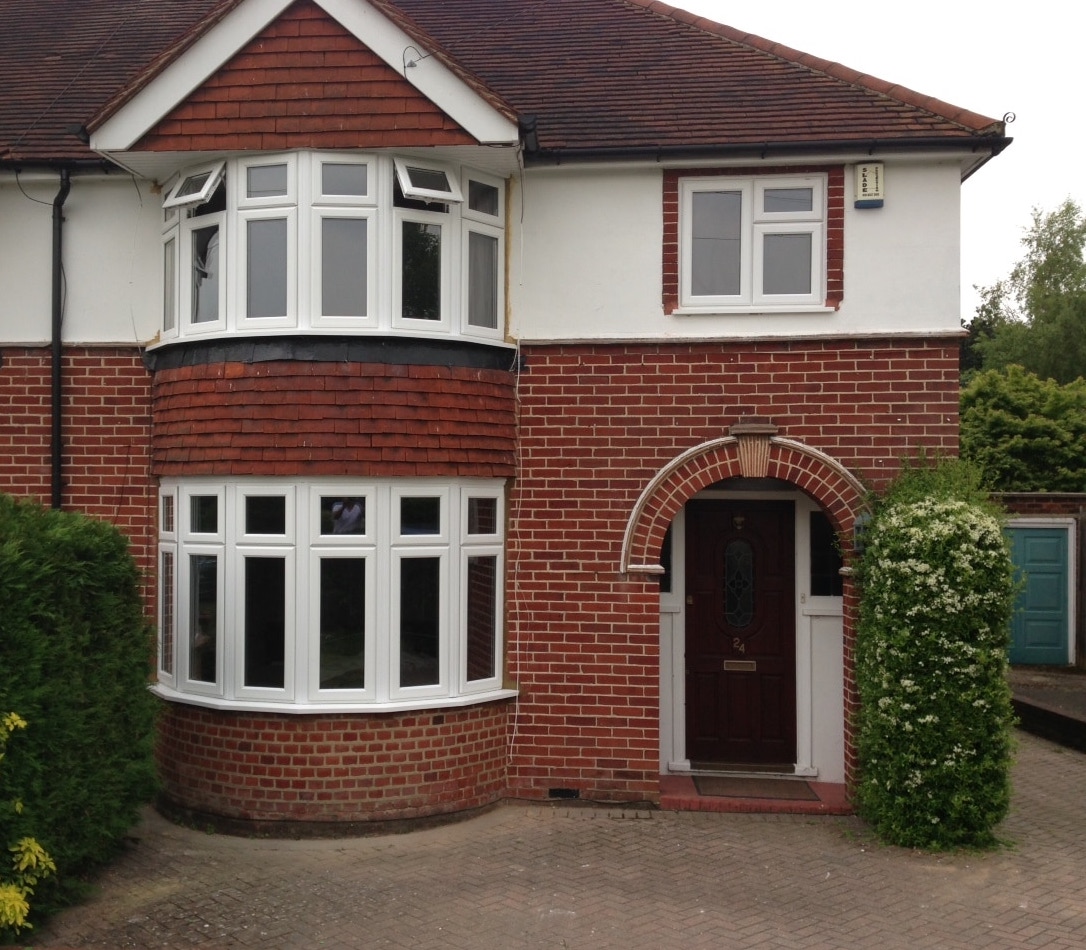Lauren Macartney
Blog entry by Lauren Macartney
Understanding Residential Bay Windows: A Comprehensive Guide
Bay windows have embellished homes for generations, lending both aesthetic appeal and functional benefits. Identified by their special structure that extends from the main walls of a structure, these windows change an easy space into a lively, interesting area. This short article looks into the allure of bay windows, exploring their types, advantages, and useful factors to consider for property owners.
What Are Bay Windows?
Bay windows are a combination of 3 or more windows set at angles to develop a recess in the wall. They are normally made up of a central large window flanked by two smaller sized ones, forming a "bay" or nook. This architectural feature may be found in various designs, consisting of conventional, Victorian, and modern homes, and often extends outwards, supplying extra area and natural light.

Kinds Of Bay Windows
Canted Bay Windows: These are the most typical type, featuring a main window that extends outwards at a 30 or 45-degree angle with smaller sized windows on either side.
Box Bay Windows: This type forms a box-like structure; the front is generally rectangular, while the side windows open at best angles to the wall.
Oriel Bay Windows: Often discovered on upper floors, these windows do not touch the ground, supported by brackets or corbels.
Circle Bay Windows: Featuring circular shapes, these windows produce a softer look. They are less common and are typically utilized to improve specific architectural styles.
Benefits of Bay Windows
The addition of bay windows can significantly enhance a home's design and performance. Below are some advantages that homeowners take pleasure in:
Increased Natural Light: Bay windows enable for more sunshine to enter living locations, decreasing the need for artificial lighting and developing a brighter atmosphere.
Boosted Aesthetics: With their architectural elegance, bay windows can elevate the visual appeal of a home, increasing its market worth.
Expanded Space: The extending structure develops a charming nook for seating, plants, or storage, effectively increasing functional area without needing comprehensive restorations.
Improved Views: Bay windows typically provide broader sightlines, enabling property owners to enjoy the surrounding scenery more totally.
Ventilation Opportunities: When developed correctly, bay windows can enhance airflow throughout a space.

A Quick Overview: Advantages of Bay Windows
| Advantage | Description |
|---|---|
| Increased Natural Light | More sunlight causes a brighter living space |
| Boosted Aesthetics | Beauty increases home value |
| Expanded Space | Offers additional locations for seating or storage |
| Enhanced Views | Broader views of the outdoor landscape |
| Ventilation Opportunities | Much better airflow causes a fresher environment |
Design Considerations for Bay Windows
When considering the installation of bay windows, property owners should think about different elements associated to design, materials, and placement:
1. Architectural Style
- Ensure the bay window matches the existing design of the home, keeping a cohesive appearance.
2. Product Choices
- Typical products consist of wood, vinyl, aluminum, and fiberglass. Each has its own visual appeal, maintenance needs, and insulation residential or commercial properties.
3. Window Configuration
- Pick the plan of the windows (e.g., double-hung, sash, or photo windows) based on lighting, ventilation, and architectural cohesiveness.
4. Roofing and Finishing
- Consider adding a roof over the bay window for protection and improved visual appeals. Choices consist of gabled, curved, or flat roofing systems.
5. Location
- The placement of the bay window ought to consider the sun's course, neighboring structures, and views.
Often Asked Questions (FAQs)
1. Are bay windows pricey to install?
- The cost varies based upon size, products, and design complexity. While initial costs may be greater than standard windows, they typically supply long-lasting benefits in terms of energy efficiency and home resale value.
2. Can I install a bay window myself?
- While DIY installation is possible for skilled people, it is normally advised to hire a professional to ensure correct design, sealing, and structural integrity, especially if modifications to the home's exterior are involved.
3. How do bay windows effect energy effectiveness?
- Correctly installed bay windows can boost energy performance by taking full advantage of natural light and decreasing heat loss. Consider choosing energy-efficient glass and window frames to reduce utility expenses.
4. What furnishings work well with bay windows?
- Homeowners typically select built-in seating, such as benches, relaxing cushions, or decorative plants to maximize the extended area.
5. Do bay windows require special upkeep?
- Regular cleansing of the glass and looking for any water damage or sealing issues are necessary. The specific upkeep program depends upon the materials utilized.
Residential bay windows are more than simply a charming architectural information; they provide a variety of benefits that can raise both the performance and appearance of a home. While consideration of design, cost, and maintenance is necessary, the long-lasting advantages often surpass the preliminary investment. Whether improving a traditional home or adding a modern twist to a modern design, bay windows serve as a classic option for property owners aiming to buy their spaces.
In summation, bay windows can transform any living area, supplying charm, convenience, and a connection to the world outside. As property owners evaluate their choices, it's clear that these captivating features are deserving of factor to consider in both design and planning.